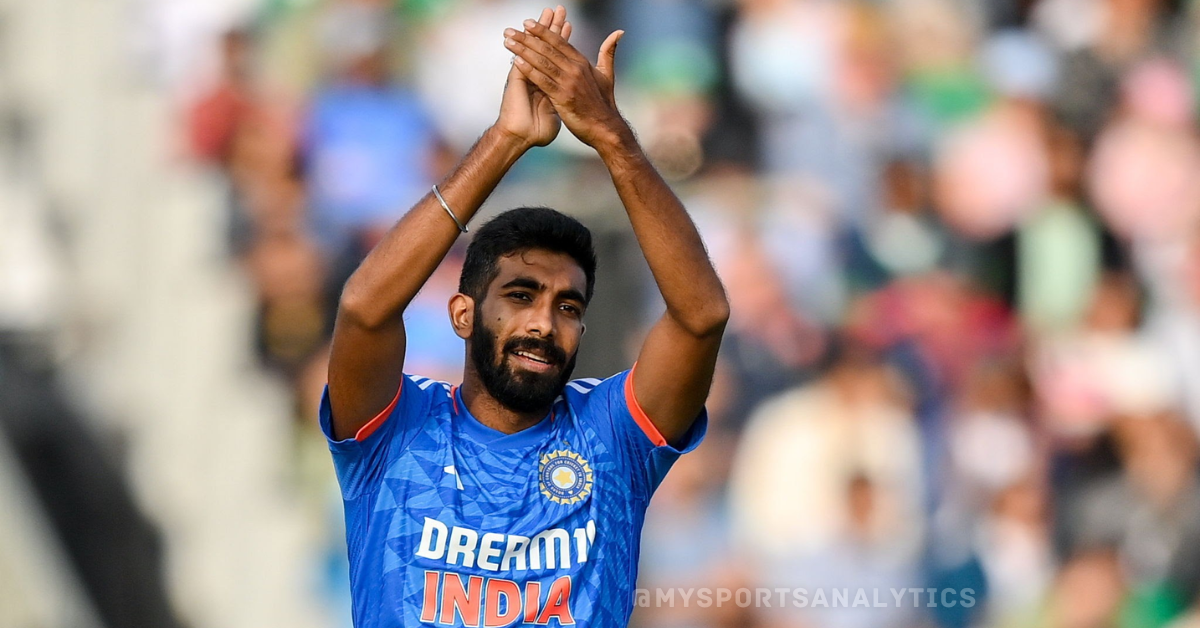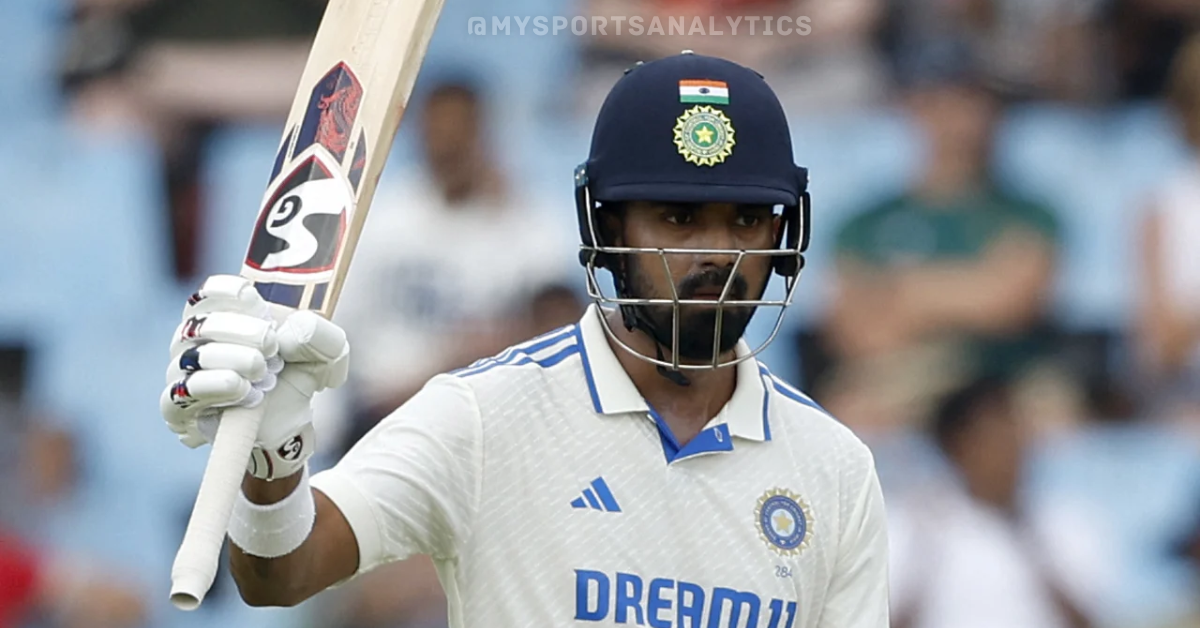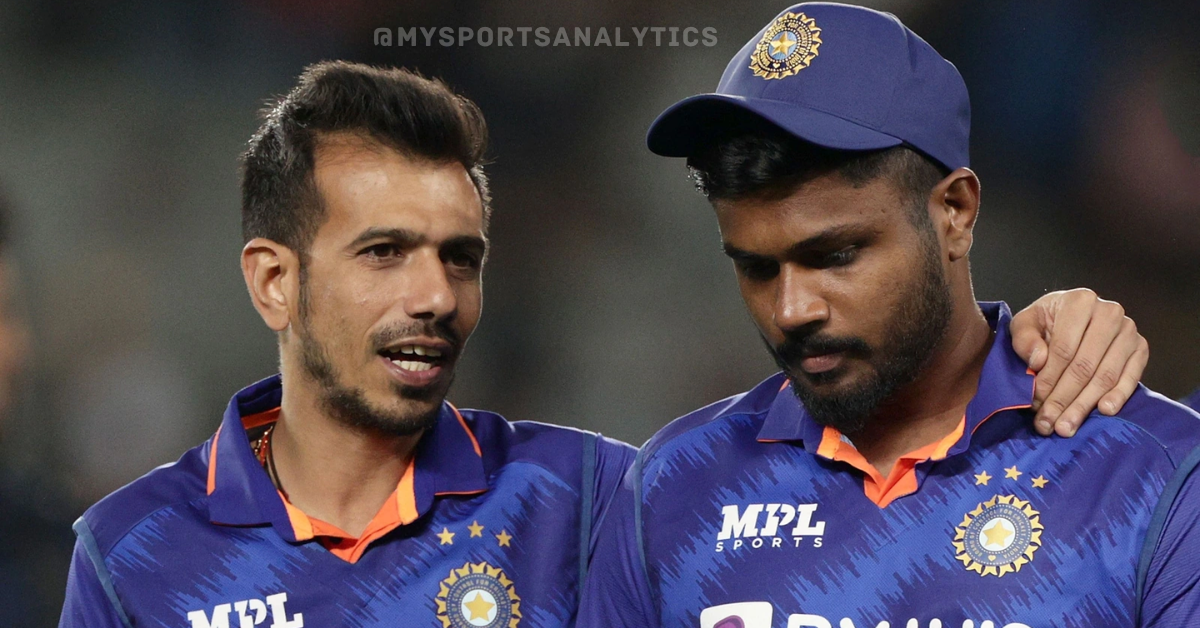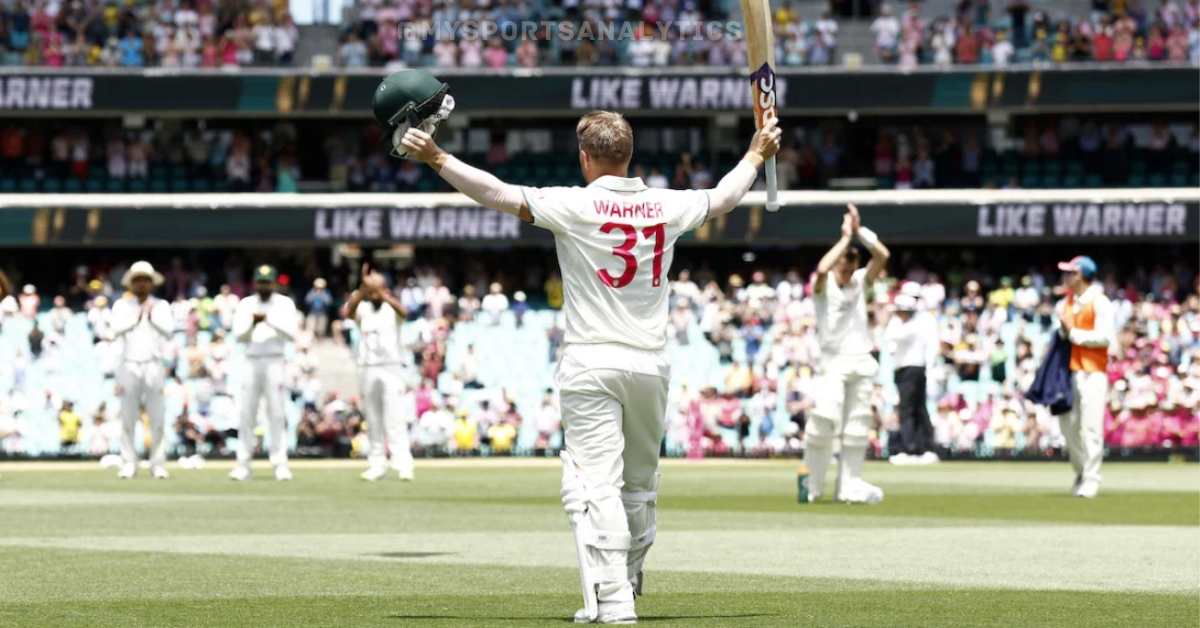Cricket Mastery: Types of bowling, lengths and average in cricket
Unlock the secrets of cricket mastery with our comprehensive guide on various types of bowling, strategic lengths, and the crucial role of averages in the game. Dive into the world of cricket tactics, perfect your skills, and elevate your understanding of this gentleman’s sport.
Cricket, often hailed as a gentleman’s game, is a symphony of various skills and strategies, with bowling being a critical element that can make or break a match. Types of bowling: fast bowling and spin bowling, average and bowling lengths in cricket is what we will delve into in this comprehensive exploration.
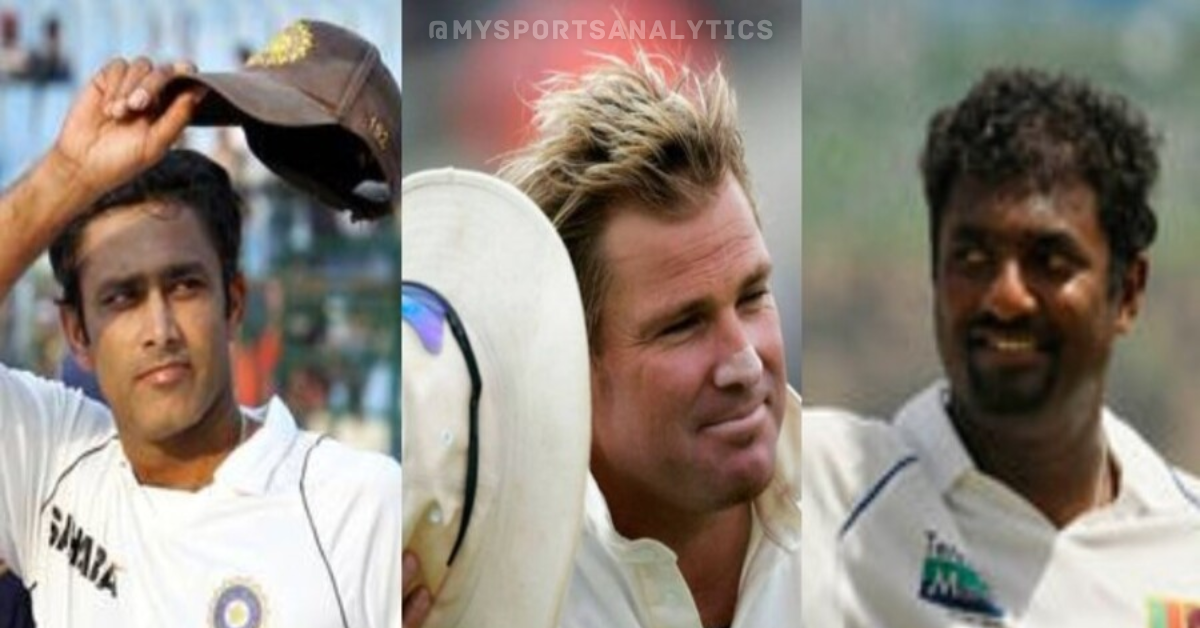
I. The Essence of Bowling in Cricket
A. Introduction to Bowling Types in Cricket
Bowling, an integral facet of cricket, manifests in various forms, each representing a unique fusion of skill and strategy. From pace bowling, where sheer speed prevails, to spin bowling, employing deception and turn, the diversity in bowling types adds richness to the game.
B. Types of Spin Bowling in Cricket
Spin bowling, a mesmerizing craft, manifests in multiple forms. Traditional off-spin and leg-spin, juxtaposed with contemporary wrist-spin, each spin type presents distinct challenges for batsmen and opportunities for bowlers.
C. Dynamics of Fast Bowling
Fast bowling, an exhilarating spectacle in cricket, relies on raw pace and skillful variations. Fast bowlers unleash thunderous deliveries, often pushing batsmen to their limits with the sheer speed and unpredictability of their deliveries.
II. The Strategic Dance: Cricket Bowling Pitch Map
A. Decoding Bowling Lengths in Cricket
Understanding and mastering bowling lengths is a nuanced science. Short, good length, and full-length deliveries each serve a unique purpose, strategically employed based on pitch conditions, batsmen’s weaknesses, and the match situation.
B. Cricket Bowling Length Chart
A visual representation of the cricket bowling pitch map offers invaluable insights into the lengths targeted by bowlers. Exploring a cricket bowling length chart allows both players and enthusiasts to comprehend the strategic choices made by bowlers during a match.
III. Demystifying Bowling Average in Cricket
A. What is Bowling Average in Cricket?
Bowling average, a statistical measure, reflects a bowler’s effectiveness in taking wickets while minimizing runs conceded. It is a crucial metric for evaluating a bowler’s overall performance and impact on the game.
B. Types of Bowling in Cricket with Images
Visual aids become powerful tools for understanding different types of bowling in cricket. Through images, we’ll dissect the mechanics of fast bowling, spin variations, and illustrate how lengths vary in different situations.
IV. The Spin Saga: Exploring Types of Spin Bowling in Cricket
A. How Many Types of Spin Bowling in Cricket?
The realm of spin bowling is diverse, featuring multiple variations that keep batsmen on their toes. From the classic off-spin to the artistry of the googly, comprehending how many types of spin bowling exist enhances our appreciation for the skill involved.
B. All Types of Spin Bowling in Cricket
A comprehensive exploration of all types of spin bowling unveils the repertoire that spinners bring to the game. From finger spin to wrist spin, each style has produced legendary bowlers who have left an indelible mark on the cricketing world.
V. The Art and Science of Bowling Mastery
A. Bowling Tactics and Strategies
Bowling transcends the act of delivering deliveries; it’s a strategic battle between bowler and batsman. Exploring various tactics and strategies employed by bowlers adds depth to our understanding of the game.
B. Evolution of Bowling Styles
Cricket’s history is punctuated with bowlers who revolutionized the game with their unique styles. From the express pace of West Indian pacers to the subtle variations of spin wizards, the evolution of bowling styles is a captivating journey.
VI. Conclusion: Bowling Beyond the Boundaries
In conclusion, the art of bowling in cricket extends beyond the boundaries, encompassing various styles, lengths, and averages. Whether it’s a fast bowler generating raw pace or a spinner weaving magic with the turning ball, each bowler adds a distinct flavor to the game. Understanding the intricacies of bowling not only deepens our appreciation for the sport but also unveils the strategic brilliance that unfolds on the cricket field. As we celebrate the diversity of bowling in cricket, let’s acknowledge the unsung heroes who, with ball in hand, shape the destiny of matches and leave an everlasting imprint on the canvas of cricketing history.
To read about round arm/ roundarm/ underarm/ overarm bowling, visit: https://mysportsanalytics.com/underarm-bowling-to-round-arm-and-overarm-bowling/
FAQs
- How many types of bowling are there in cricket?
In the sport of cricket there are two broad categories of bowlers: pace and spin. Pace bowlers rely mostly on the speed of the ball to dismiss batsmen, whereas spin bowlers rely on the rotation and turn of the ball.
- What is a spin bowling in cricket?
Spin bowling is a bowling technique in cricket, in which the ball is delivered relatively slowly but with the potential to deviate sharply after bouncing.
- What is the difference between swing and spin in cricket?
Swing refers to the ball’s movement in the air, while seam/spin pertains to its movement off the pitch. While seam and spin can occur on any pitch, the occurrence of swing is heavily influenced by atmospheric conditions, climate, and the environment.
- What are bowling lengths in cricket?
The length of a delivery is how far down the pitch towards the batsman the ball bounces. It is described as being either short (bouncing closer to the bowler), full (bouncing nearer the batsman), or a good length (an optimal length, somewhere in between).
What is bowling line?
The line is the direction of the ball in accordance to the batsman’s stumps, while the length is the area of the pitch where the ball bounces. The batsman does not need to hit every single ball they face. So it is the bowler must attempt the batsman into playing a stroke, increasing the chances of taking a wicket.
